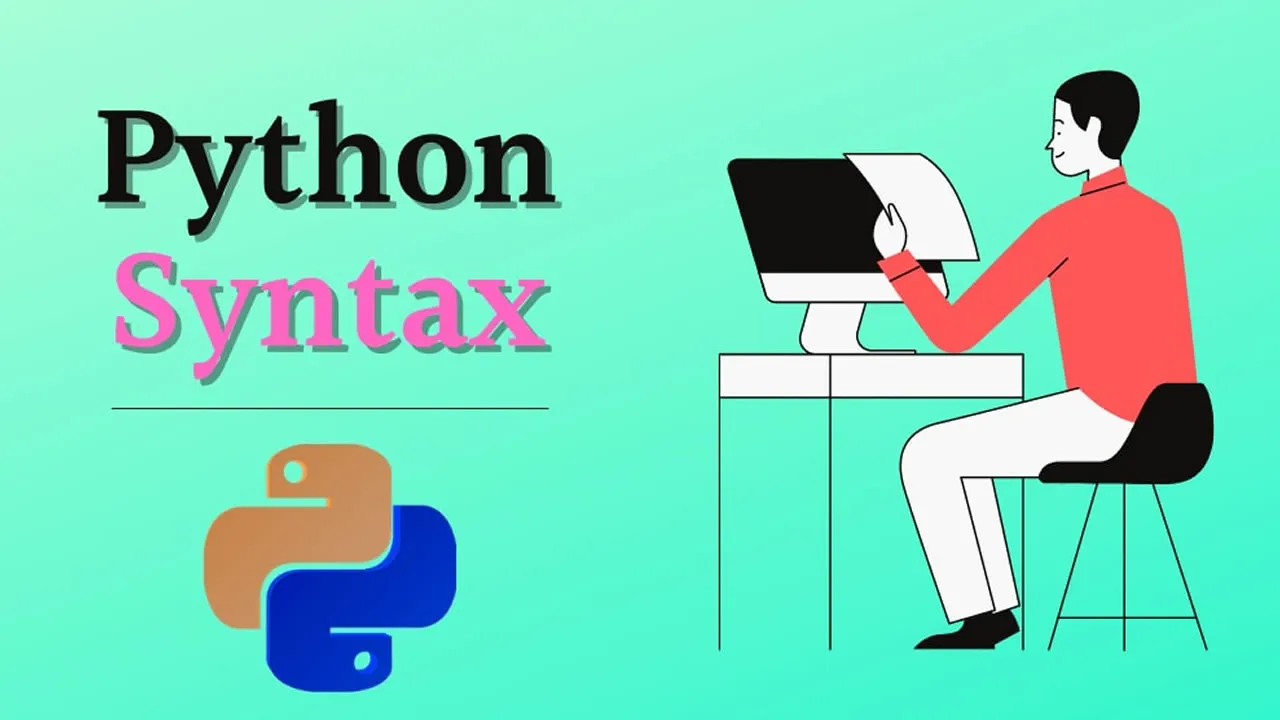Python Syntax - Explained with Examples
Dive into Python syntax! A comprehensive guide with real-world examples, unraveling the fundamentals for clean and efficient coding. Elevate your Python skills now.
Execute Python Syntax
As we learned in the previous page, Python syntax can be executed by writing directly in the Command Line:
>>> print("Hello, World!")
Hello, World!Or by creating a python file on the server, using the .py file extension, and running it in the Command Line:
C:\Users\Your Name>python myfile.pyPython Indentation
Indentation refers to the spaces at the beginning of a code line.
Where in other programming languages the indentation in code is for readability only, the indentation in Python is very important.
Python uses indentation to indicate a block of code.
Example
if 5 > 2:
print("Five is greater than two!") Python will give you an error if you skip the indentation:
Example
Syntax Error:
if 5 > 2:
print("Five is greater than two!") The number of spaces is up to you as a programmer, the most common use is four, but it has to be at least one.
Example
if 5 > 2:
print("Five is greater than two!")
if 5 > 2:
print("Five is greater than two!") You have to use the same number of spaces in the same block of code, otherwise Python will give you an error:
Example
Syntax Error:
if 5 > 2:
print("Five is greater than two!")
print("Five is greater than two!")Python Variables
In Python, variables are created when you assign a value to it:
Example
Variables in Python:
x = 5
y = "Hello, World!" Python has no command for declaring a variable.
Comments
Python has commenting capability for the purpose of in-code documentation.
Comments start with a #, and Python will render the rest of the line as a comment:
Example
Comments in Python:
#This is a comment.
print("Hello, World!")#python
